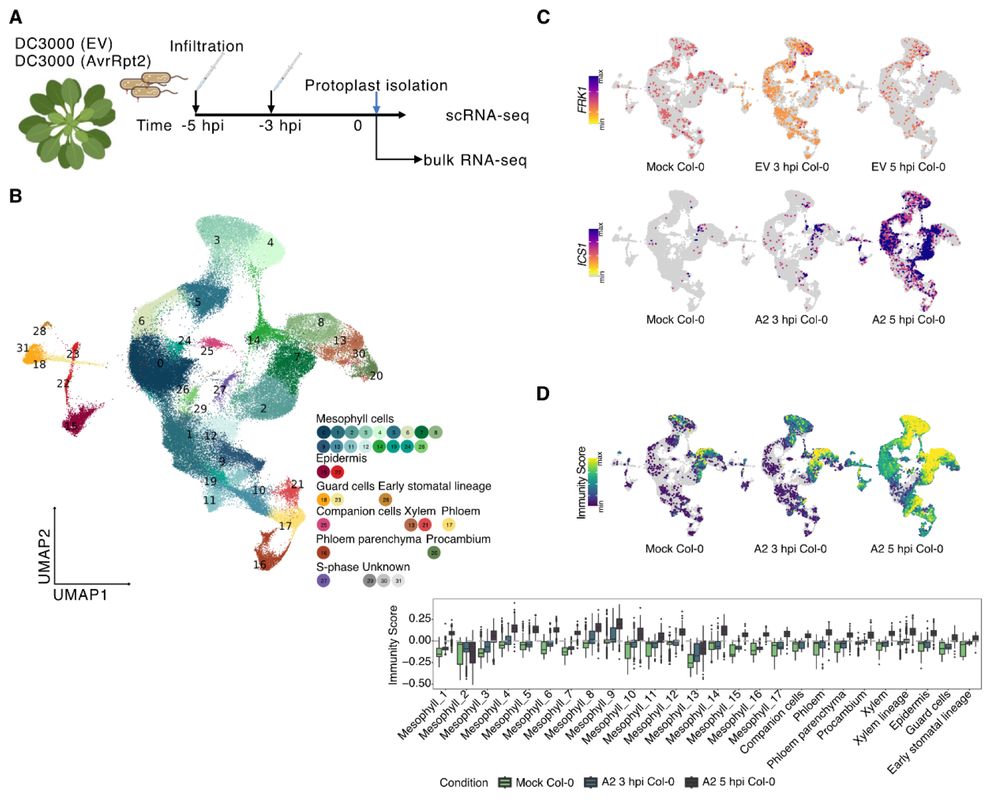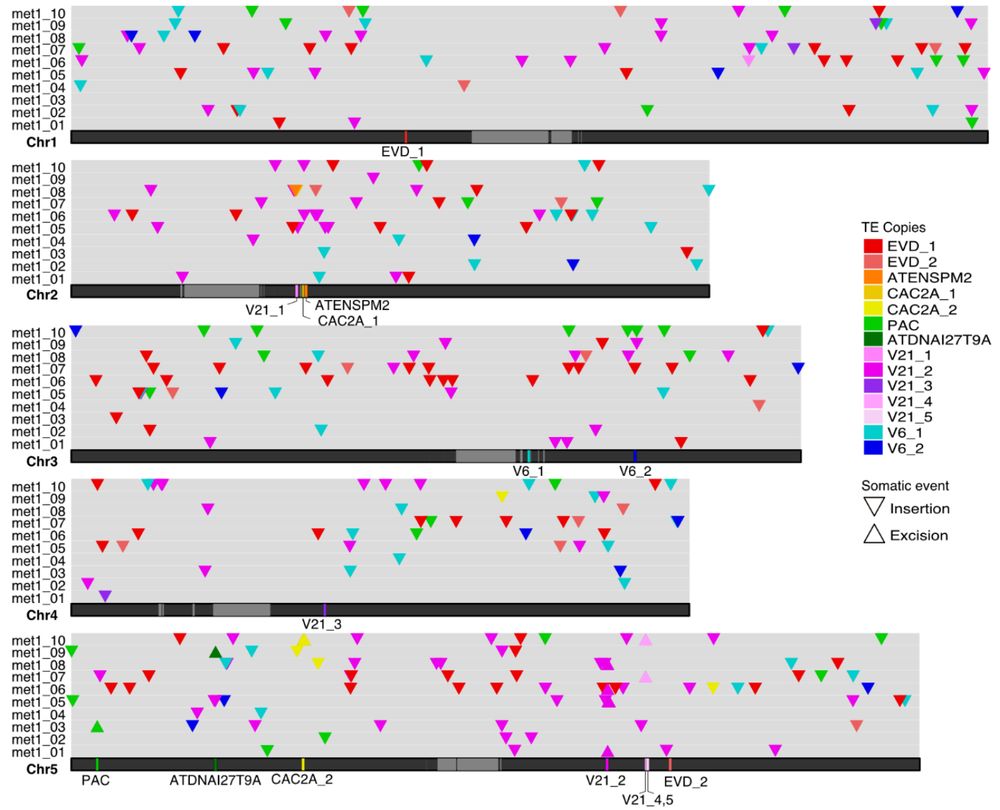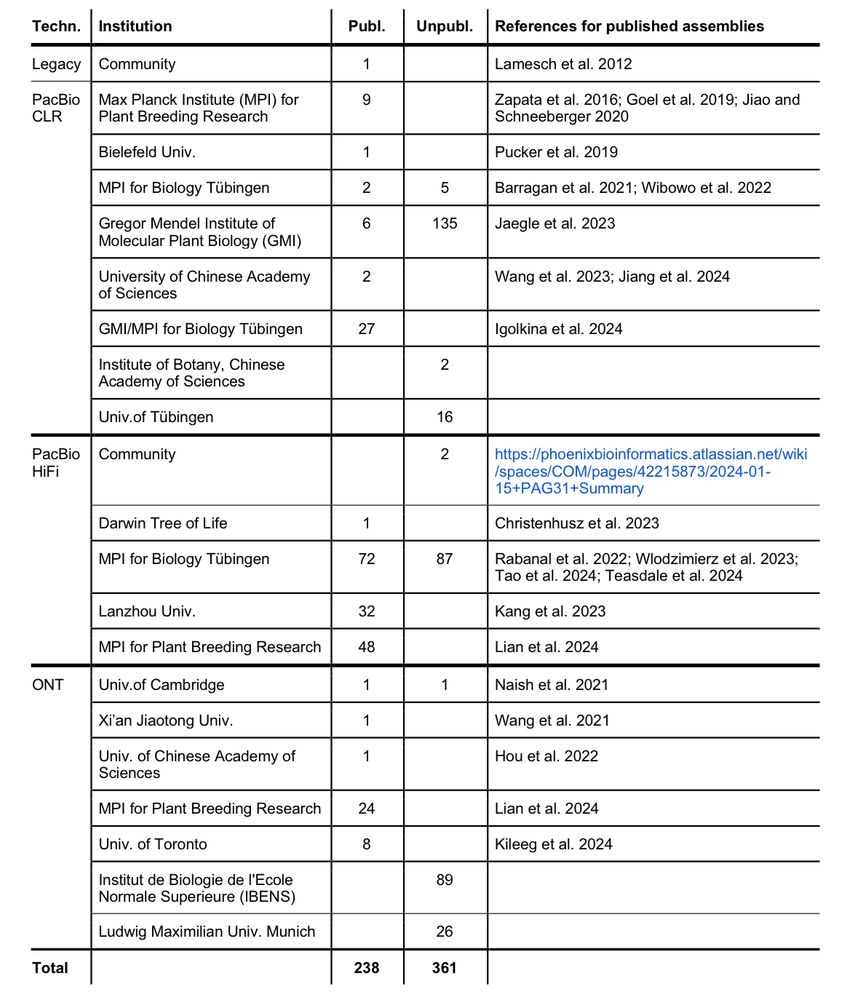Wenfei Xian (冼文飞)
@wenfeixian.bsky.social
100 followers
160 following
7 posts
PhD student in Weigel world https://www.weigelworld.org/
how genetic variants are generated, how they evolve, and how they are maintained in the genomes.
github: https://github.com/Wenfei-Xian
Posts
Media
Videos
Starter Packs
Reposted by Wenfei Xian (冼文飞)
Reposted by Wenfei Xian (冼文飞)
Wenfei Xian (冼文飞)
@wenfeixian.bsky.social
· Jan 16
Wenfei Xian (冼文飞)
@wenfeixian.bsky.social
· Jan 15
Reposted by Wenfei Xian (冼文飞)
Reposted by Wenfei Xian (冼文飞)
Houming Chen
@hmchen93.bsky.social
· Nov 17

Phosphorylation‐dependent activation of the bHLH transcription factor ICE1/SCRM promotes polarization of the Arabidopsis zygote
In Arabidopsis thaliana, the asymmetric cell division (ACD) of the zygote gives rise to the embryo proper and an extraembryonic suspensor, respectively. This process is controlled by the ERECTA-YODA...
nph.onlinelibrary.wiley.com
Reposted by Wenfei Xian (冼文飞)
Marc Somssich
@somssich.bsky.social
· Apr 4

Graft incompatibility between pepper and tomato can be attributed to genetic incompatibility between diverged immune systems
bioRxiv - the preprint server for biology, operated by Cold Spring Harbor Laboratory, a research and educational institution
www.biorxiv.org
Reposted by Wenfei Xian (冼文飞)
Reposted by Wenfei Xian (冼文飞)
Mario Coiro
@lepidodendron.bsky.social
· Mar 22

Disparity of cycad leaves dispels the living fossil metaphor - Communications Biology
An analysis of leaf disparity through time in cycads shows that this group has a dynamic and expanding morphological diversity until the present, and thus does not fit the ‘living fossil’ hypothesis o...
www.nature.com
Reposted by Wenfei Xian (冼文飞)
Reposted by Wenfei Xian (冼文飞)
Reposted by Wenfei Xian (冼文飞)
Zhigui Bao 鲍志贵
@zbao.bsky.social
· Mar 17
Reposted by Wenfei Xian (冼文飞)












